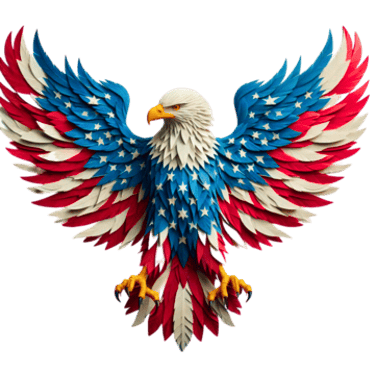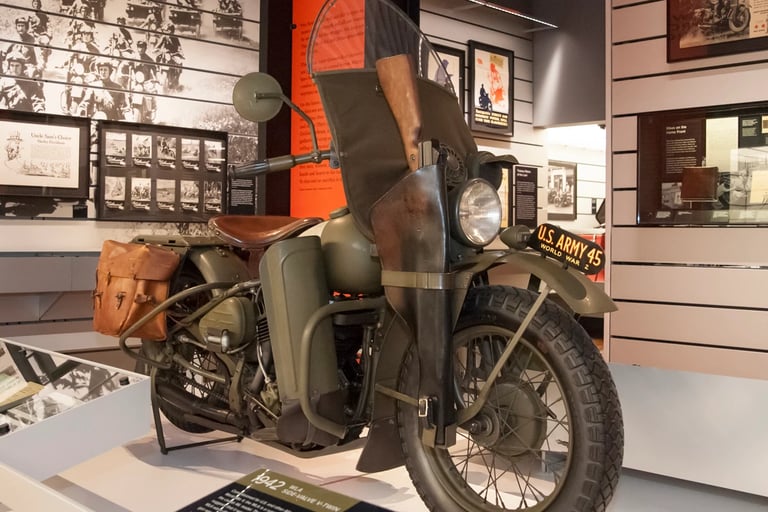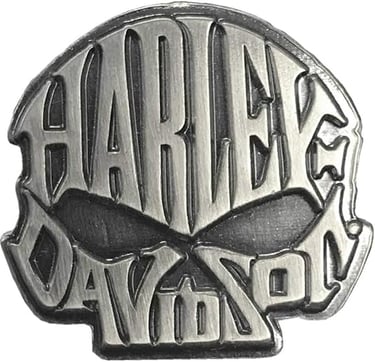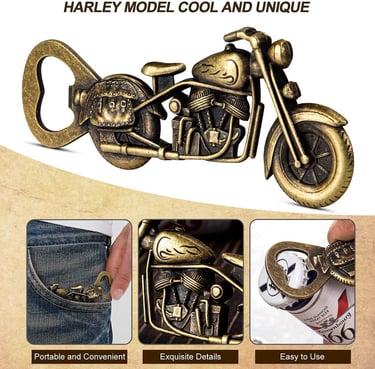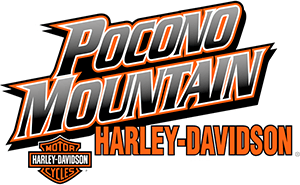
Let's get into Indian: the once-and-again challenger with an equally vintage soul
Indian Motorcycle actually predates Harley by a couple of years (first bikes appeared in 1901), and its early racing and sales success once made it the preeminent American maker. But Indian’s story is punctuated by repeated business collapses, ownership changes and long production gaps. Those interruptions cost Indian cultural momentum and left Harley the long-run advantage in continuity and brand myth. Plus with Harley-Davidson constantly pumping out newer, improved models and special editions, Indian didn't really stand a chance. They simply couldn't keep up; BUT Indian’s modern revival under Polaris has thrust the rivalry back into the headlines, but the narrative scars of the past still shape perceptions. It is what it is.
The CVOs, Ducatis and the Art of Exclusivity
Since Harley is Americana distilled, that would make Ducati an Italian performance poem. Ducati’s image — “the Ferrari of motorcycles” — isn’t marketing fluff; it’s a claim honed on racetracks, obsessive engineering and head-turning aesthetics. Limited-run and bespoke offerings from Ducati, BMW’s M-like specials, Triumph’s Thruxton customs, and Harley’s own CVO (Custom Vehicle Operations) teams create motorcycles that are simultaneously mechanical excellence and lifestyle trophies! While all of these bikes are about rarity, detail, and the sort of finish that makes collectors salivate, it's the traditional badassery that comes along with owning a Harley. Want proof? Walk a show floor: crowds gawk at CVO's launch like cats watching a laser pointer.


